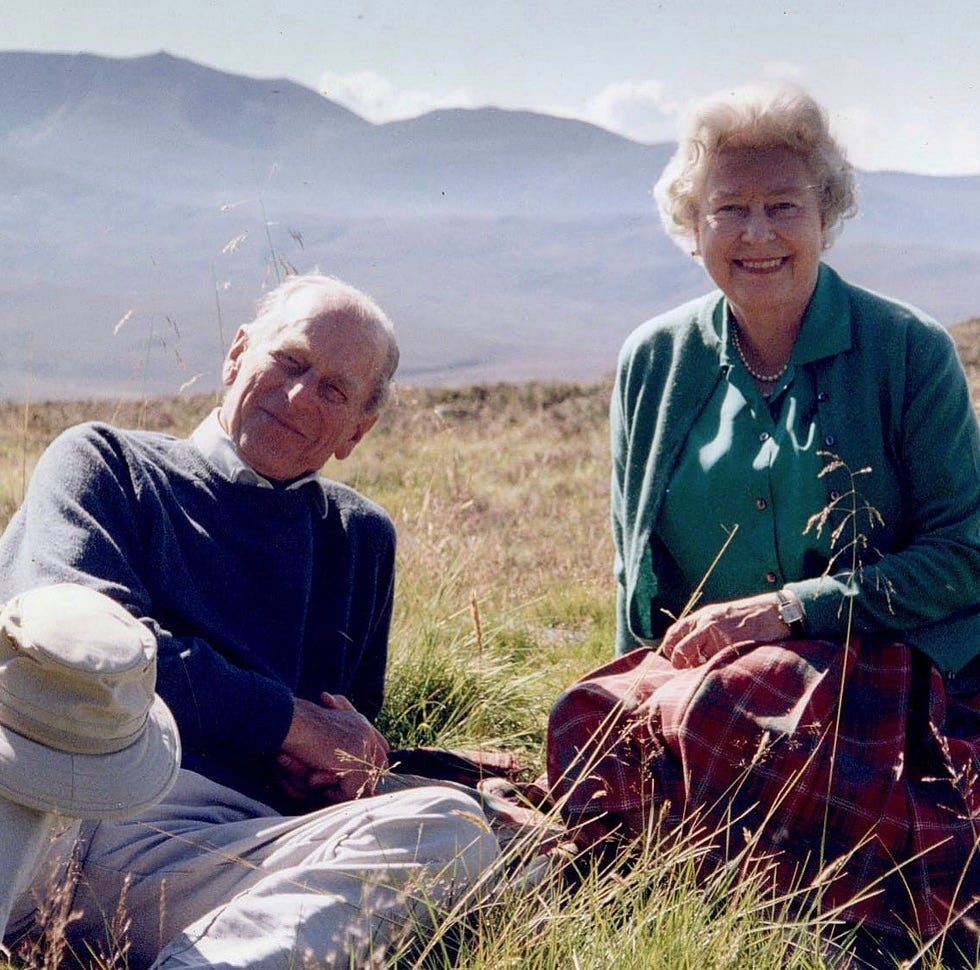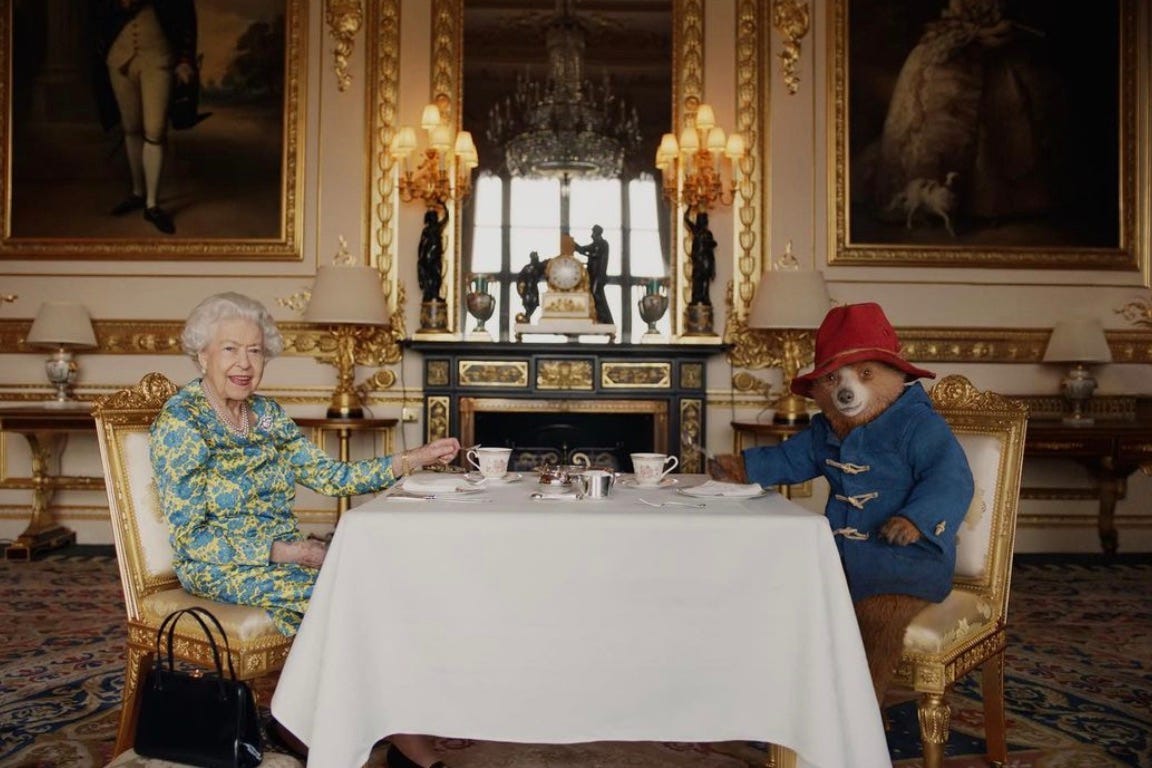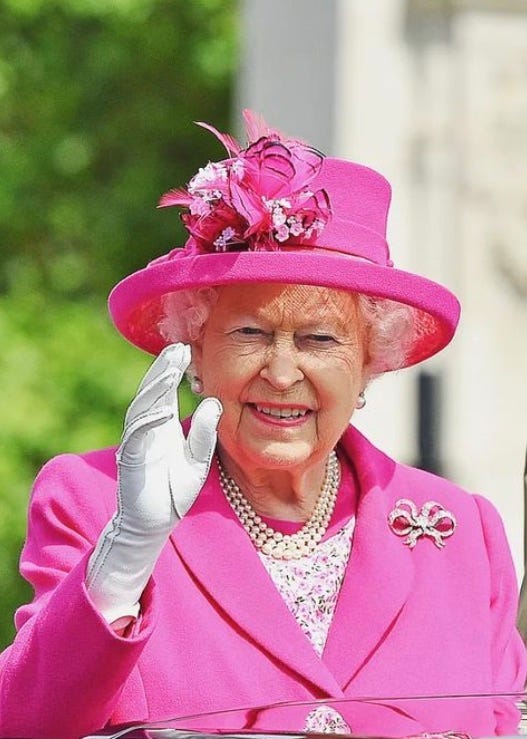The Queen of our time
The passing of Her Majesty, Queen Elizabeth II marks the end of an era and we will never see a monarch of her likes, again. We look back at her incredible reign
The one constant in virtually all of our lives – the Queen - has died. Aged 96, our beloved monarch, Queen Elizabeth II, passed away in Balmoral today, September 8, 2022. “The Queen died peacefully at Balmoral this afternoon,” Buckingham Palace said in a statement.

Typically, one of the greatest states-people the world has ever known, worked to the very end. The Queen inducted one last Prime Minister, when she formally accepted Liz Truss to the position on Tuesday, in Balmoral. Liz became the 15th British Prime Minister the Queen worked with through her 70 years on the throne, alongside meeting 13 US presidents, including Dwight D. Eisenhower and John F. Kennedy.
“Only those beyond the age of 70 can remember another monarch,” Robert Hardman wrote in his biography Queen of Our Times: The Life of Elizabeth II. “Her story informs our story. She has been a backdrop to all our lives.” And now her story has ended, in her beloved Balmoral – the place she so adored. It held great memories for her and was fittingly, where Prince Philip proposed.
When Elizabeth came to the throne, unexpectedly of course, because of her uncle’s earlier abdication, her early reign saw her traverse the rapidly-changing world of the 1950s, where old values made way for new ones post-war, as well as a raft of new technology. And now, on her death, we find ourselves in another period of social change. “I am not surprised that many people feel lost and unable to decide what to hold on to and what to discard. How to take advantage of the new life without losing the best of the old,” the Queen said, in her first televised Christmas broadcast in 1957, in a speech that could have been made today. “It has always been easy to hate and destroy. To build and to cherish is much more difficult.”
It’s something we should remember today, as we process her loss and the profound affect it will have on our lives. It is, somehow, the final marker of the end of an old way of life and the start of the next chapter.
The way the Queen navigated all the change, from wars, to political crises and personal tragedies, through her reign, was to be the model of dignity, never revealing what she really thought, following the mantra of “never complain, never explain.”
Born Elizabeth Alexandra Mary on April 21, 1926, the first child to Elizabeth, Duchess of York and Prince Albert, the little princess said she would have liked “to be a lady living in the country with lots of dogs and horses,” but when her uncle, Edward VIII abdicated the throne on December 11, 1936, meaning her father was crowned King George VI, it changed her destiny. According to Elizabeth Longford, Princess Margaret asked her sister, “Does that mean that you will have to be the next Queen?” When Elizabeth said yes, she replied, “Poor you.”
The sisters moved into Buckingham Palace, and then Windsor Castle in World War II. After the war, she emerged a young woman, with her first and only love, naval hero Prince Philip. Marrying on November 20, 1947, when she was 21 and he 26, Elizabeth and Philip were the glamour couple of their day. They embodied the hope of the post-war world and the love affair with the couple, especially after her coronation on June 2, 1953 aged just 27, was something Margaret referred to as a “phoenix time”.
Their love would remain true for the rest of their lives, the pair becoming the longest-married British monarchs in history, until Philip passed away aged 99, on April 9, 2021. “That mischievous, enquiring twinkle was as bright at the end as when I first set eyes on him,” she said in her Christmas message. “But life, of course, consists of final partings as well as first meetings.”
Having vowed on her 21st birthday, “I declare before you all that my whole life whether it be long or short shall be devoted to your service,” the Queen worked tirelessly right until the end. She became a mother, grand-mother and great-grandmother and modernised the monarchy into something very different to the one she inherited. Her lowest point came with her Annus Horribilis of 1992, when Windsor Castle caught fire and three of her children’s marriages ended. “1992 is not a year on which I shall look back with undiluted pleasure,” she said.
Inevitably, there was death – the IRA assassination of Lord Louis Mountbatten in 1979, the death of Diana, Princess of Wales, in 1997, the loss of Princess Margaret and the Queen Mother in 2002 and the death of Prince Philip, last year.
However, by her later life, the Queen had a lot more fun in her role, agreeing to “skydive” out of a helicopter with Daniel Craig as James Bond for the 2012 London Olympics, putting down Barack and Michelle Obama for the Invictus Games promo video with Prince Harry in 2016 and - our favourite - taking tea with Paddington Bear this year, for the Platinum Jubilee.
We repeatedly turned to her in times of crises. When the pandemic hit in 2020, it was the Queen who made a moving speech, saying, “We should take comfort that while we may have more still to endure, better days will return: we will be with our friends again; we will be with our families again; we will meet again.”
Only age slowed her and finally, overcame her. On her Platinum Jubilee, she said, “It gives me pleasure to renew to you the pledge I gave in 1947 that my life will always be devoted to your service.”
Thank you, Ma’am, for that service and may you now rest in peace.











